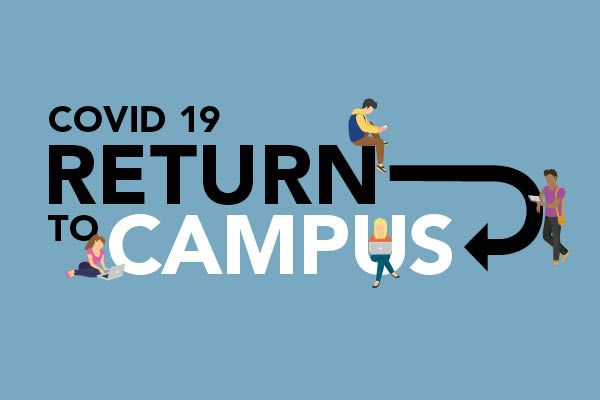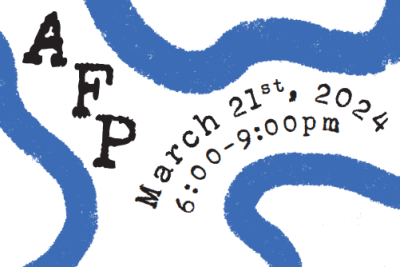BCcampus on trauma-informed approaches to fall planning

BCcampus published this post by Helena Prins, advisor, Learning and Teaching, on July 28, 2021.
To say the last 18 months have been challenging is an understatement. As Alyson Quin, founder of the Trauma Informed Practice Institute (TIPI), describes it, “COVID-19 has provided trauma, which can be locked into our bodies for decades, an ongoing opportunity to rise and surface to our consciousness. The collective uncertainty and fear felt globally can provide the conditions for triggering feelings. We may feel fear, despair, sadness, confusion, lost, helplessness, inadequacy, shame, guilt, hurt and anger, to name a few.”
At BCcampus we recognize we are going into an uncertain fall. As students and instructors are told to gather in classrooms again, we may bring into that space the emotions of the past 18 months with added layers of concern or anxiety over the perceived risks involved in face-to-face meetings.
How can we prepare? The TIPI institute says, “One way to prepare for the fall is to learn more about trauma-informed practice to understand the complexity of trauma, how we can release past trauma and move ourselves to steadier ground in life.”
Trauma-informed pedagogy is rooted in the theory of trauma-informed practice and reminds us that stress can impede the ability to process information, make choices, and stay focused (Joudrey, 2020). Zacarian, Alvarez-Ortiz, and Haynes (2020) offer the following trauma-informed practices to incorporate in your planning.
- Predictability: Use consistent routines — think about scheduling your daily or weekly announcements consistently and having weekly checklists, clear structure and flow of the course, etc. Provide choices where possible. Follow and make clear your institution’s protocols or health guidelines in place to secure for safe in-person gatherings.
- Flexibility: By giving students the option to choose between two readings or two assignments, they gain some control over their environment, and you empower them. Offering flexibility in how you meet students (phone, in person, or online) may also alleviate anxiety.
- Connection and warmth: Focus on compassion. This may mean showing leniency with due dates or extending grace when students do not show up as their best selves. One way to extend compassion is by considering the student experience. Some students may not have access to reliable internet or a quiet place to work, while others may have a full course load that requires them to process a lot of information.
- Relationship: Get to know your students. Have “a watercooler station” in your online course for random discussions. Arrive 10 minutes early in your classroom or virtual room and allow for small talk. If you have large groups, and individual student meetings are too time consuming, consider inviting students in small groups for a virtual coffee time.
- Empowerment: As mentioned above, by giving students voice and choice, they have some control over their learning. Avoid three-hour monologue lectures. Consider authentic and alternative assessments to replace a high stakes final exam.
As Joudrey (2020) also highlighted, you do not have to go at this alone. BCcampus has prioritized two Facilitating Learning Online (FLO) events on trauma-informed teaching to equip faculty and staff with a deeper understanding of trauma and how it affects us and our students as well as provide some tools to support students.
Training available
As Joudrey (2020) also highlighted, you do not have to go at this alone. BCcampus has prioritized two Facilitating Learning Online (FLO) events on trauma-informed teaching to equip faculty and staff with a deeper understanding of trauma and how it affects us and our students as well as provide some tools to support students.
Tags: Learning and Applied Research, COVID-19 employees






